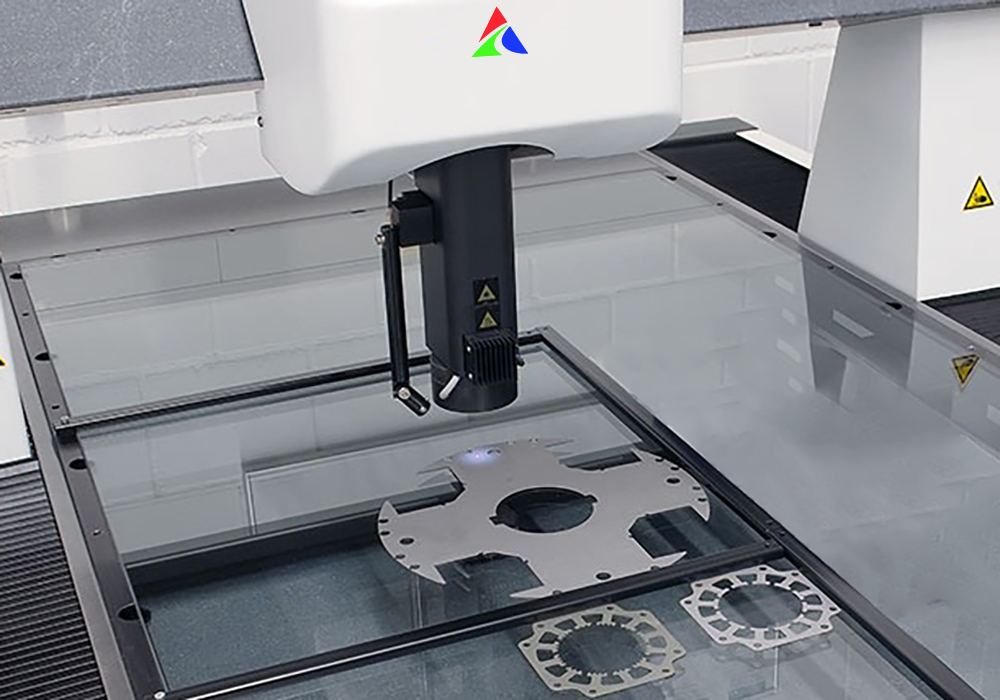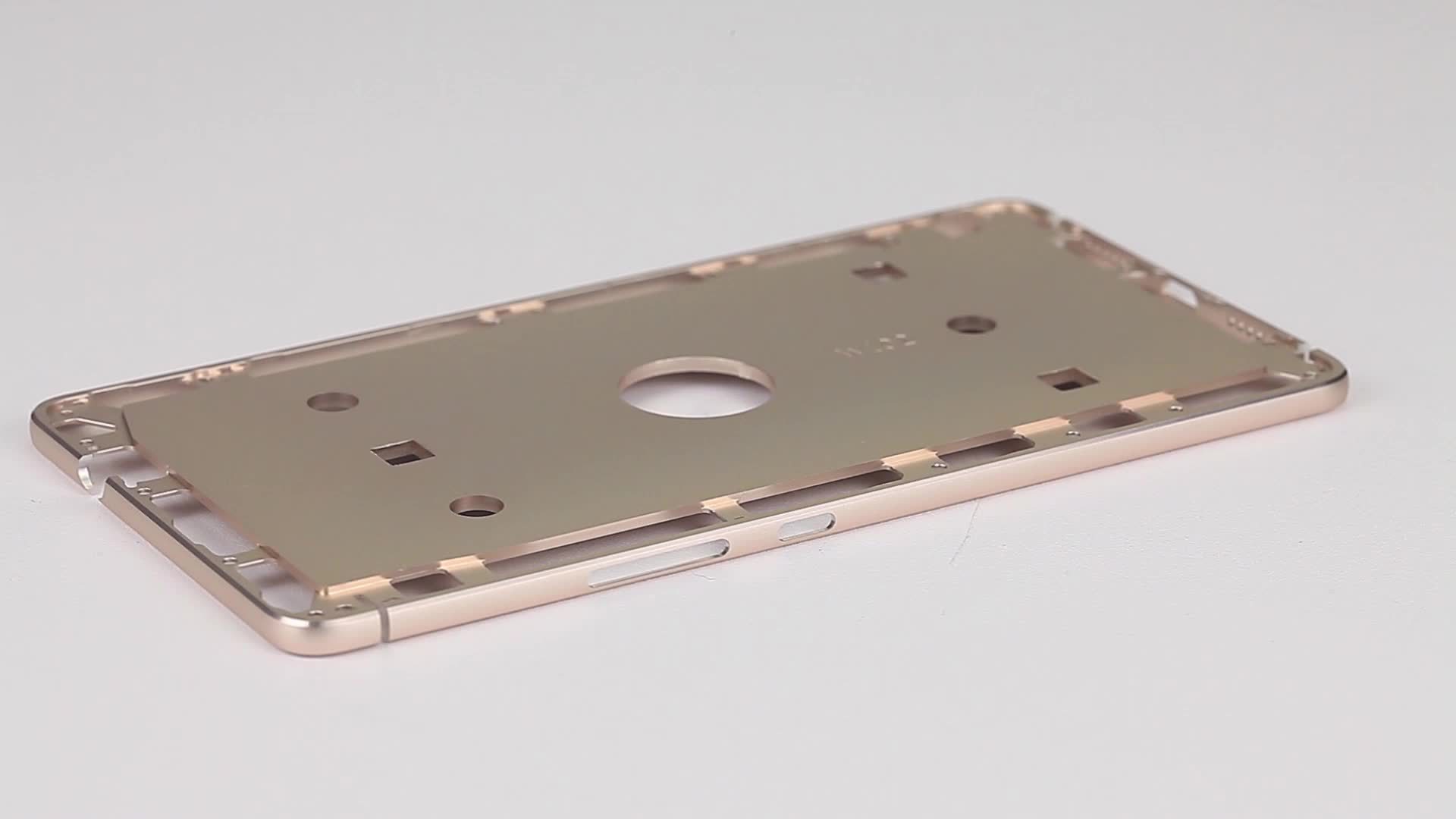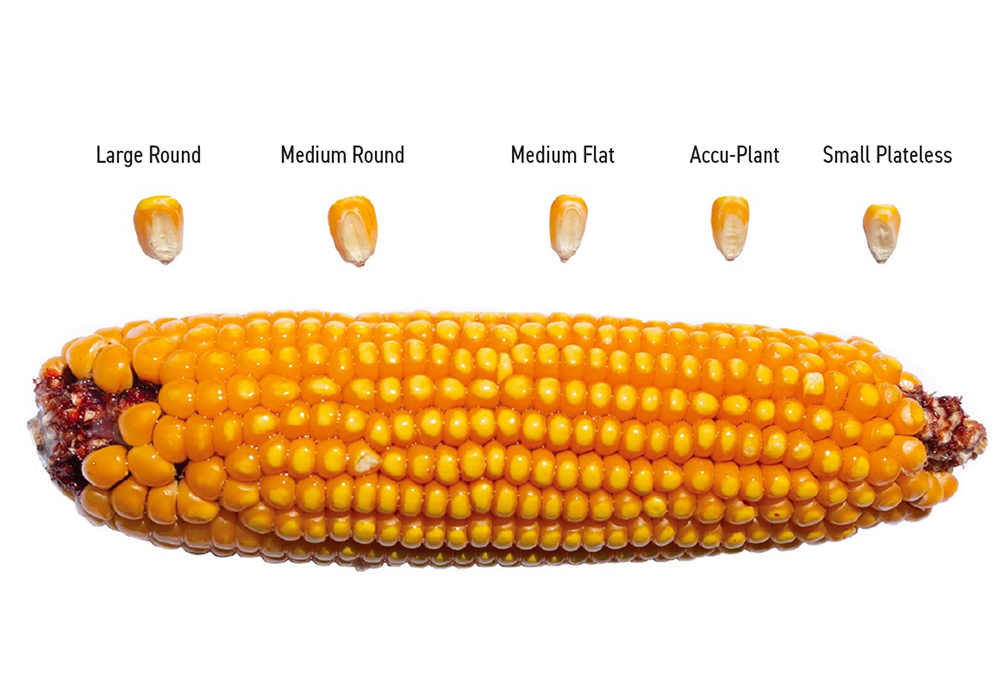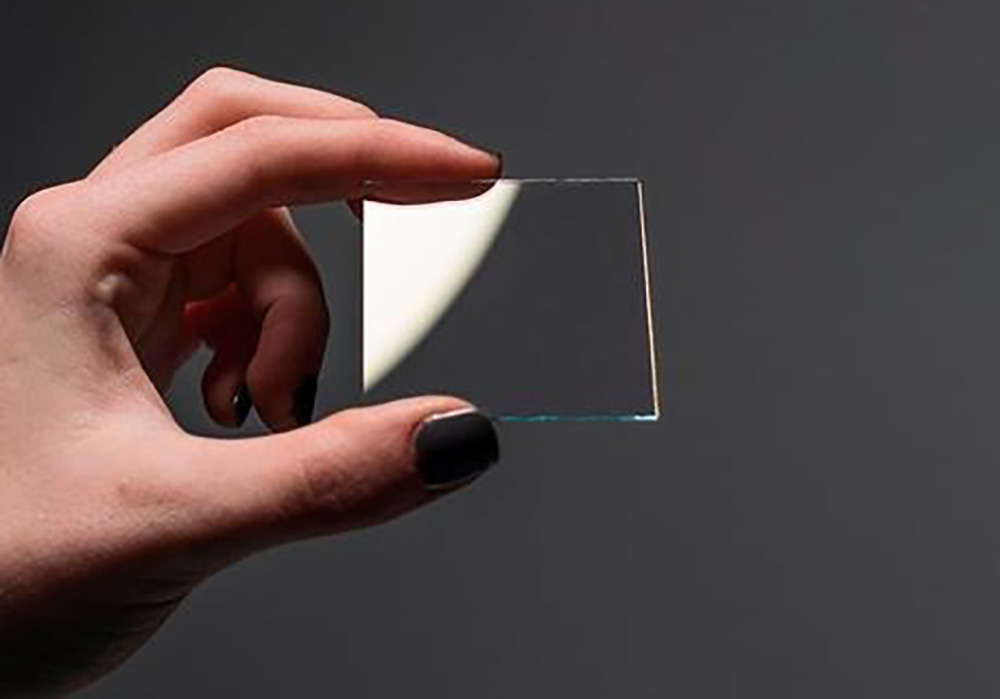At Electric Motors industry, high-performance electric motors for the automotive industry. A critical component of these motors is the laminated steel cores that form the rotor and stator assemblies. The surface quality of these laminated steel cores, known as motor laminations, is crucial, as even minor defects can lead to increased energy losses, reduced motor efficiency, and premature failure.

Challenge: Limitations of Manual Inspection for Motor Laminations
Historically, our quality control process for motor laminations has relied on manual visual inspection by trained technicians. These technicians would carefully inspect each individual sheet, looking for problems such as pits, scratches, burrs, and material discoloration. While this approach allowed us to catch major flaws, it was time-consuming, subjective, and prone to inconsistencies, especially for more subtle surface irregularities.
As production volumes increased to meet the growing demand for electric vehicles, the limitations of the manual inspection process became more apparent. It needs a more scalable, reliable and objective solution to ensure consistent high-quality motor components.
Implementing a Machine Vision-Based Inspection System for Motor Laminations
To address these challenges, our client decided to invest in a dedicated machine vision system for automated inspection of motor lamination surfaces. Key components of our solution include:
High resolution imaging: We installed a bank of high resolution industrial cameras strategically positioned around the lamination production line. These cameras capture detailed, multi-angle images of lamination surfaces.
Custom lighting: We designed a specialized lighting system, combining directional and diffuse illumination, to ensure optimal visibility of even the smallest surface features on steel laminations.
Advanced Image Analysis: Proprietary computer vision algorithms, including edge detection, texture analysis, and anomaly identification, have been developed to thoroughly analyze the captured images and detect any surface defects.
Machine Learning Integration: By training the system on a comprehensive dataset of labeled lamination images, we enabled the machine vision solution to learn the visual characteristics of both defective and non-defective motor lamination surfaces. This allows for highly accurate, real-time decision-making about the quality of each lamination.
Automated Reporting and Feedback: When a defect is detected, the system automatically flags the affected lamination, logs the incident, and provides detailed feedback to our quality control team. This data is used to identify recurring issues and drive continuous process improvements.
Results: Improved quality and operational efficiency
The implementation of the machine vision inspection system has provided significant benefits for Electric Motors:
Enhanced accuracy: Our new machine vision solution has demonstrated a much higher degree of sensitivity in detecting even the most subtle surface defects on motor laminations, compared to manual inspection.
Increased consistency: By removing the human factor from the inspection process, we have achieved a more reliable and consistent assessment of motor lamination surfaces throughout the production line.
Improved Throughput: Automating the inspection process has led to a substantial increase in productivity, as the machine vision system can evaluate significantly more laminations in a shorter time frame.
Reduced costs: The elimination of manual labour costs associated with visual inspection and the reduction in product quality issues have resulted in significant cost savings for our company.
Valuable Insights: The detailed reporting and data analysis provided by the machine vision system has enabled us to identify recurring defect patterns and implement targeted process improvements, further enhancing the quality of our motor components.








